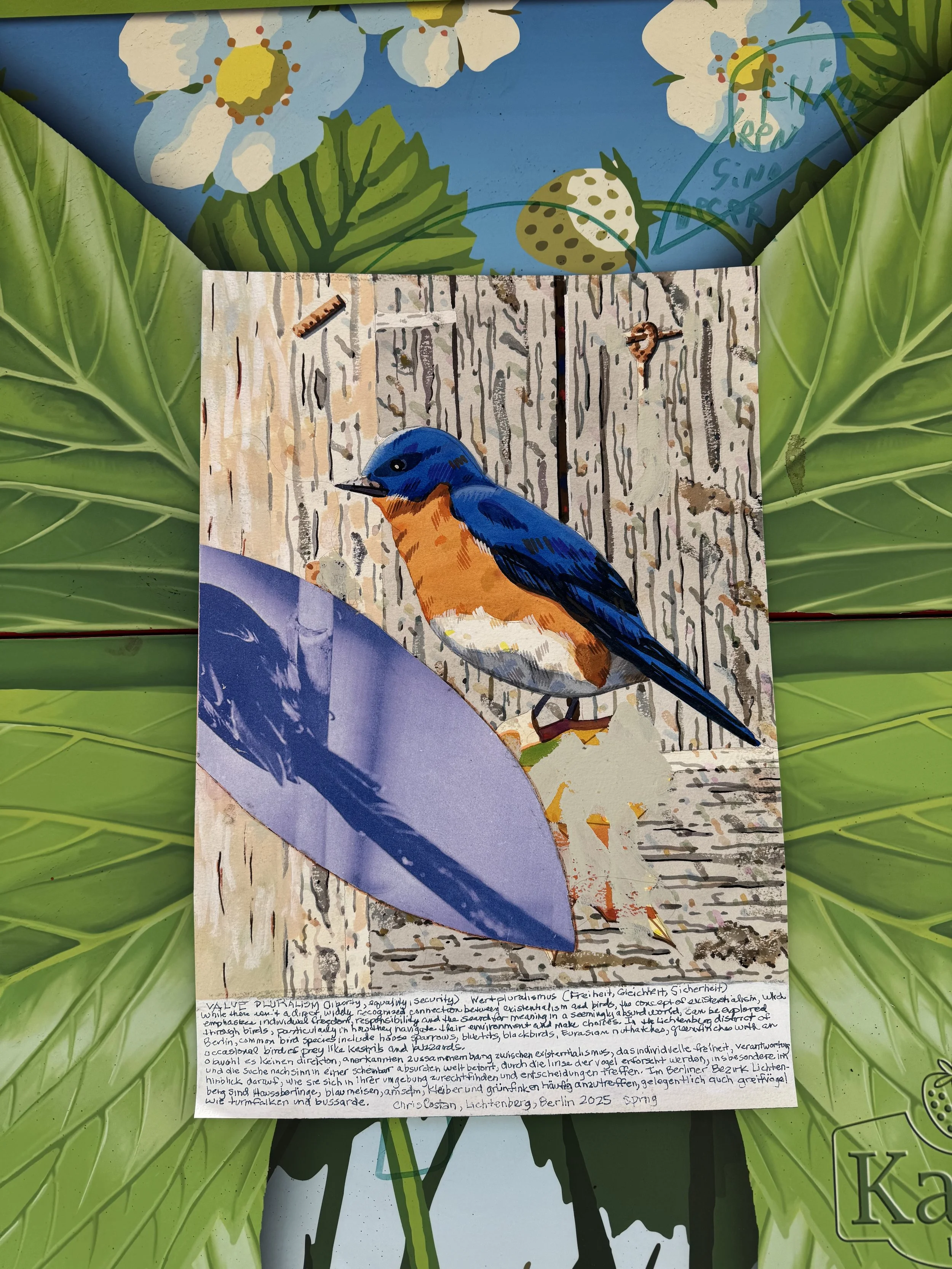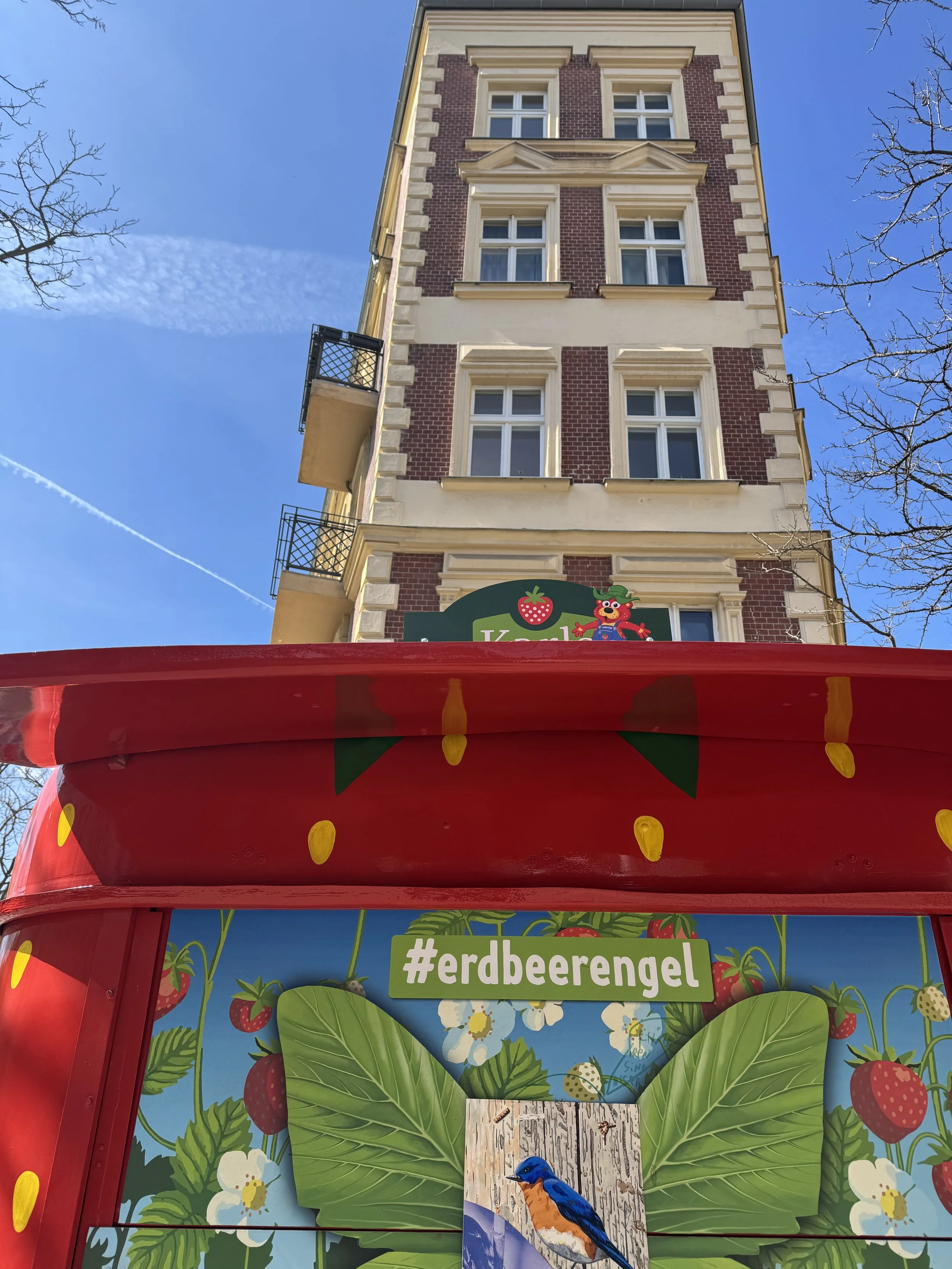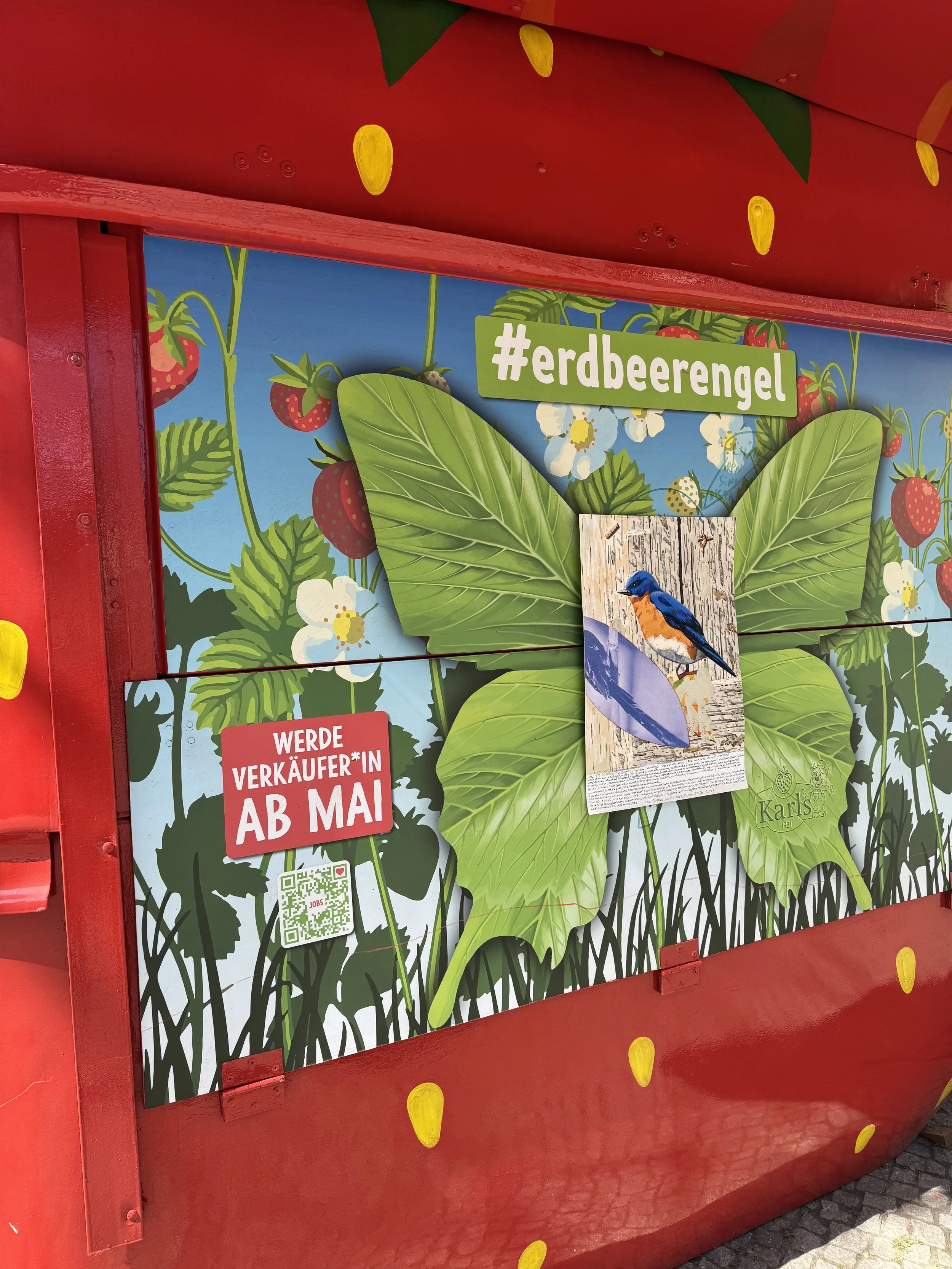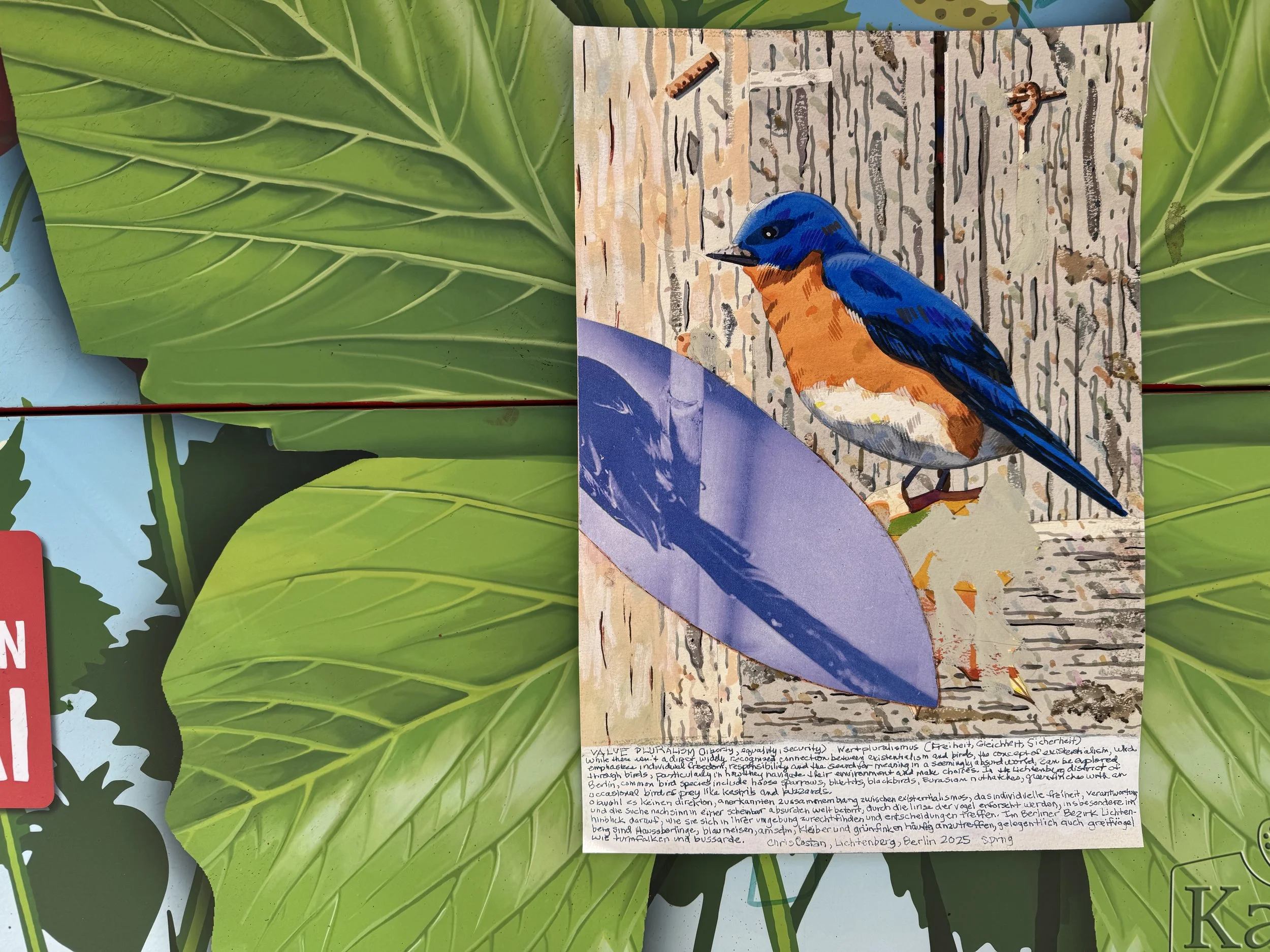Valve Pluralism
While there isn't a direct, widely recognized connection between existentialism and birds, the concept of existentialism, which emphasizes individual freedom, responsibility, and the search for meaning in a seemingly absurd world, can be explored through the lens of birds, particularly in how they navigate their environment and make choices.
In the district of Lichtenberg Berlin, common bird species include house sparrows, blue tits, common blackbirds, Eurasian nuthatches, and European greenfinches, with an occasional bird of prey like kestrels and buzzards.
Recently, a fellow bird-lover sent me a link to Jonathan Franzen’s April 6, 2015 New Yorkerarticle entitled “Carbon Capture: Has climate change made it harder for people to care about conservation?” which is concerned with how our apathy toward global warming extends to the extinction of birds and other species. Franzen suggests each and every one of us is implicated in global warming but that most of us feel impotent to do anything about it—and birds and other animals are the victims of the resulting apathy. The author goes on in his article to exhort us not only to act locally but also to think locally as well so that, as individuals or in smaller groups, we can make a difference where making a difference is most critical and possible.
Other Common Birds in Lichtenberg:
House Sparrow (Passer domesticus):a very common and adaptable urban bird.
Blue Tit (Cyanistes caeruleus): a small, colorful bird often seen in gardens and parks.
Common Blackbird (Turdus merula): a black male with an orange beak, a common sight in urban and suburban areas.
Eurasian Nuthatch (Sitta europaea): a small, distinctive bird with a blue-grey back and white belly.
European Greenfinch (Chloris chloris): A small, green bird with a distinctive yellow patch on its wings.
Great Tit (Parus major): A common bird with a black cap and white cheeks.
Carrion Crow (Corvus corone): A common and adaptable bird of prey.
Common Wood-Pigeon (Columba palumbus): A common pigeon species.
Eurasian Wren (Troglodytes troglodytes): A small, brown bird with a distinctive song
Ventilpluralismus
Obwohl es keinen direkten, allgemein anerkannten Zusammenhang zwischen Existentialismus und Vögeln gibt, kann das Konzept des Existentialismus, das individuelle Freiheit, Verantwortung und die Suche nach Sinn in einer scheinbar absurden Welt betont, durch die Linse der Vögel erforscht werden, insbesondere im Hinblick darauf, wie sie sich in ihrer Umgebung zurechtfinden und Entscheidungen treffen.
Im Berliner Bezirk Lichtenberg sind Haussperlinge, Blaumeisen, Amseln, Kleiber und Grünfinken häufig anzutreffen, gelegentlich auch Greifvögel wie Turmfalken und Bussarde.
Andere häufige Vögel in Lichtenberg:
Haussperling (Passer domesticus): ein sehr häufiger undanpassungsfähiger Stadtvogel.
Blaumeise (Cyanistes caeruleus): ein kleiner, bunter Vogel, deroft in Gärten und Parks zu sehen ist.
Amsel (Turdus merula): ein schwarzer Männchen mitorangefarbenem Schnabel, ein häufiger Anblick in städtischenund vorstädtischen Gebieten.
Eurasische Kleiber (Sitta europaea): ein kleiner, markanter Vogelmit einem blau-grauen Rücken und einem weißen Bauch.
Europäischer Grünfink (Chloris chloris): Ein kleiner, grüner Vogelmit einem markanten gelben Fleck auf seinen Flügeln.
Kohlmeise (Parus major): Ein häufiger Vogel mit einerschwarzen Kappe und weißen Wangen.
Aaskrähe (Corvus corone): Ein häufiger und anpassungsfähigerGreifvogel.
Ringeltaube (Columba palumbus): Eine häufigeTaubenart.
Eurasischer Zaunkönig (Troglodytes troglodytes): Einkleiner, brauner Vogel mit einem markanten Gesang.
materials; acrylic paint, ink, handcut montage, watercolor paper
https://wrenzai.wordpress.com/2015/08/09/positive-existentialism-and-the-importance-of-birds/.



